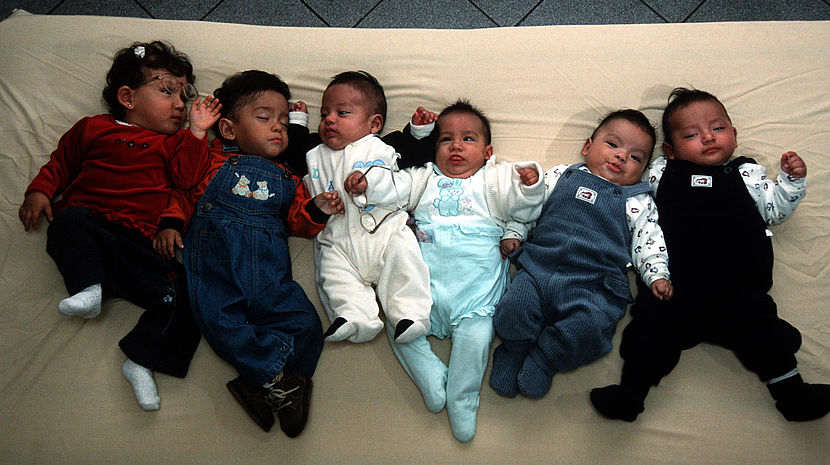25.05.2016 ‘At the heart’ of humanitarian decision-making

When Ban Ki-moon makes a statement like that, of course it does not mean we have achieved all our goals yet but it does show a hugely positive shift in the understanding of disability in situations of crisis, conflict and disaster. Gone are the stereotypical phrases that generally lead us back to a ‘charity’ model. Instead, there is the recognition of the necessity to have us at the table where plans are made; this is the first step towards real inclusion.
This is what I was writing about before the World Humanitarian Summit opened, so it was with great pleasure that I heard Secretary-General of the United Nations close the summitin such a way.
So it is a first step, but no time to relax. Now the real work begins: ensuring the the Charter, already endorsed by more than 80 stakeholders, is used, promoted and further endorsed; ensuring that persons with disabilities and disabled people’s organisations are really part of discussions as equal partners and not only consulted in a check-box style approval process; and increasing the exchange of skills and knowledge between the humanitarian and disability communities.
I’m flying shortly, but will add to this blog soon, with more details on events over the last couple of days and opinion/comments from participants, so do check back. In the meantime, if you weren’t following live, you can catch up here:
@CBMworldwide
@gordonrattray
@Vscherrer
And now updated, 26th May
During the events I sought the opinions of several people. Here are two that struck me as particularly relevant.
Nazmul Bari, Director, Centre for Disability in Development (CDD):
“There are many barriers that cause persons with disabilities to be left behind during humanitarian crises. These begin to take effect immediately post-disaster, with a lack of data and info meaning that rescuers don’t know specifics about who lives where. Then, the sudden change in environment means that difficult decisions must be made, like who to prioritise during evacuation; persons with disabilities are often seen as least important.
“Transportation to safe shelter may not be accessible and once reaching there we have examples where people are turned away on the grounds of their disability. Even if the shelter is reached and the person is accepted, there are considerations like safety, security and accessibility of latrines.
“As time moves on, the next priorities include ensuring that relief efforts are inclusive. Commonly, information about and location of distribution points are not accessible to everyone. As well as directly excluding some people this indirectly puts an extra burden on family members who may then have to collect and transport multiple relief items. A further consequence is that normal support systems – e.g. caring for children – may be disrupted. There are then more challenges once early recovery is underway: Are livelihood and longer-term rebuilding/reconstruction efforts taking the needs of everyone into account?”
Nelly Caleb, National Coordinator of Disability Promotion and Advocacy Association in Vanuatu, Board Member International Disability Alliance (IDA) and co-Chair of Pacific Disability Forum (PDF):
Persons with disabilities are excluded from projects and policies, even if, on paper, they are ‘included’. We must be able to actively participate. In the South Pacific we see disaster affects persons with disabilities a lot, so PDF helped different countries such as Vanuatu to developed a toolkit to help NGOs, civil societies and these countries to facilitate inclusion in their Disaster Risk Reduction (DRR) and disaster response work.